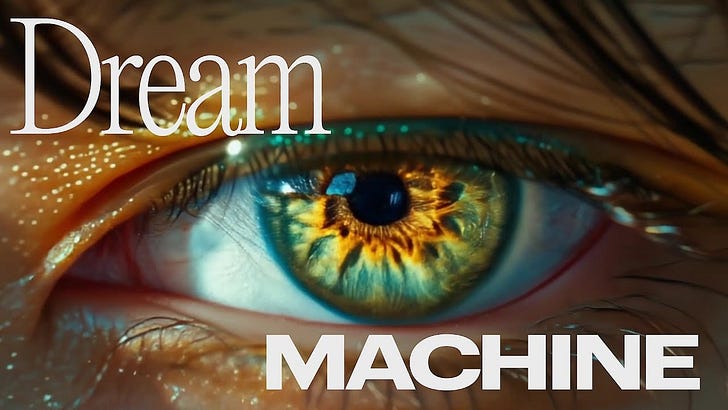Data Analysis Hacks with AI: Prompts & Cases
PwC is confident that ChatGPT will take analytics to the next level. How about you?
👋 Hey, I’m Stephan, and welcome to a ✨ subscriber-only edition ✨ of Creators’ AI. Each week, we post AI Tutorials, News, and practical knowledge aimed at improving your life with AI. To get full access to our content, consider upgrading.
Intro
Appealing to authority isn’t always the best way to prove your point. But it’s usually the shortest way. That's where I'm going to start today.
Last month, PwC partnered with OpenAI, and now more than 100,000 of the firm's employees use ChatGPT regularly. The company says Gen AI has the potential to change the analytics profession and take it to the next level.
So can we benefit from the progress, too? Let's find out.
In this edition:
How to create an analytics report without spending a lot of money (& time);
How beginning analysts and creators can improve their work;
What prompts you need to dive into the complex world of data analytics?
ChatGPT Dives Into Enterprise Solutions
The partnership between PwC and OpenAI wasn't the only big news that brought AI and analytics together last month. There was so much news that, unsurprisingly, some updates passed us by. But what I'm talking about now is that along with the release of GPT-4o, the company has heavily imprinted data analytics in its chatbot.
Let's see what tools and hacks are now available.
If you don't want to miss important developments from the world of AI, don't forget to read our Friday weekly roundup. Here, by the way, is the latest edition:
What's changed, and how does it work?
Regarding analytics, the new GPT-4o offers three useful features:
Uploading files from Google Drive and Microsoft OneDrive;
Editing and interacting with tables and charts;
Customizing and uploading charts for presentations and documents.
Initially, all new features were only available to ChatGPT Plus, Team, and Enterprise subscribers. However, you can now try out all the features (with limited requests) on the free version of GPT-4o as well.
The bottom line is that ChatGPT has improved its ability to understand datasets and perform natural language tasks. To use it, you simply upload one or more files from your Google Drive (or OneDrive) and tell the chatbot what task you want to accomplish. This is where the magic begins.
ChatGPT will analyze all the data by writing and running Python code on your behalf (Yes, now you're not only a data analyst, but also a coder). As a result, you'll get ready and structured information that can be returned to the cloud or edited right inside the chatbot.
Specifically, you can ask GPT for:
Merge and clean up large data sets
Come up with a new structure for a table
Create a chart
Get additional information
And many more. It all depends on your needs, prompt engineering skills, and imagination.
For example, I write a lot about technology and startups, so I've been collecting lists of startups in multiple tables for several years now. GPT-4o helped me merge the tables, optimized the columns for easier tracking, and sorted the projects quickly. Now I'm thinking about turning years of my work into interesting research.
As for OpenAI, the company says the new features will make in-depth analysis easier for novice analysts and save experts time on routine data cleaning tasks. That's a very welcome development.
Well, let's see what prompts and hacks we will need when working with ChatGPT for data analytics.
Prompts & Hacks for Your Analysis
Keep reading with a 7-day free trial
Subscribe to Creators' AI to keep reading this post and get 7 days of free access to the full post archives.



